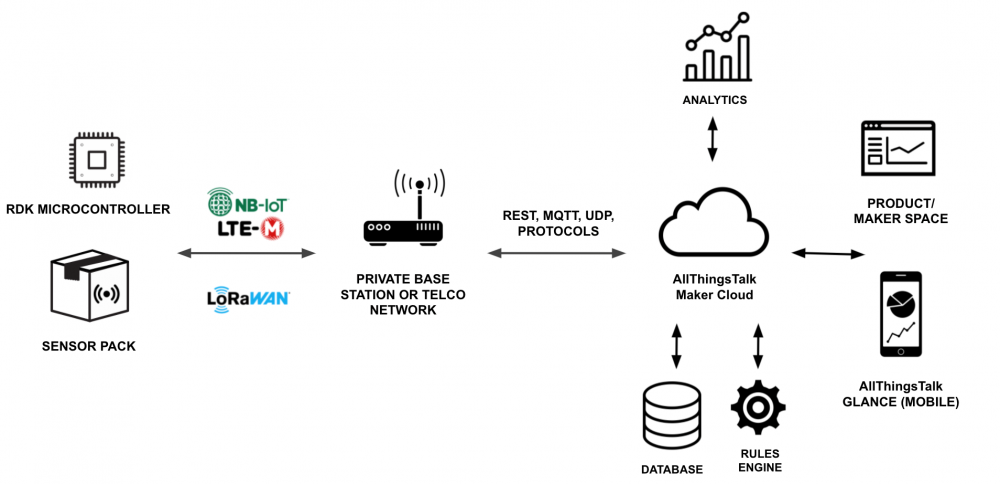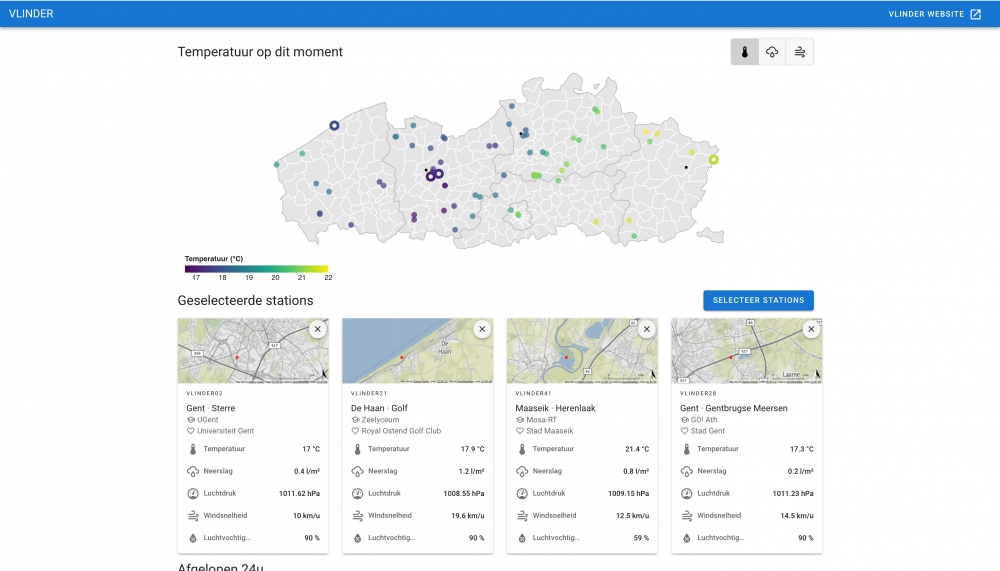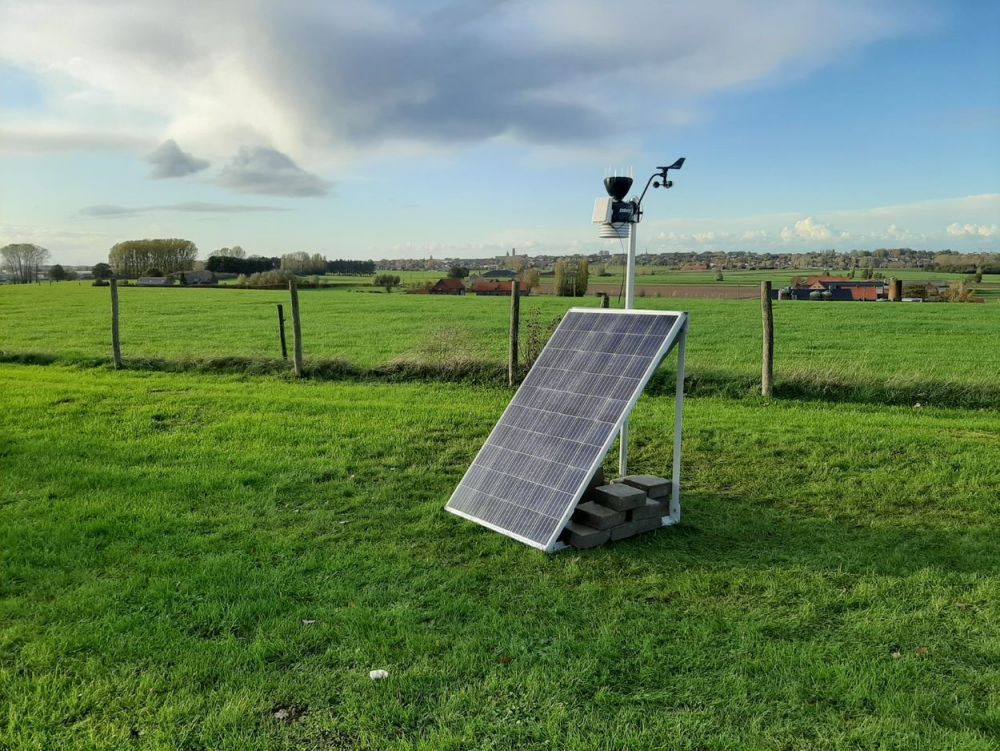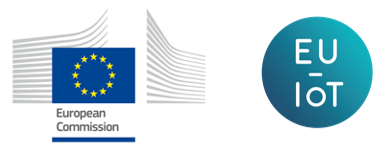
Synelixis
ID: 4699
12. december 2022
Precision agriculture enabled by federated machine learning and autonomous farming procedures.
ID: 3478
13. september 2021
AllThingsTalk is an IoT Application enablement platform. Founded in 2014, the company’s ambition has been to support application developers in building IoT use cases within days instead of weeks. The solution offered by the company includes a technology stack covering a complete IoT architecture, user apps and providing Rapid Development Kits (RDKs), which include all components to build and deploy complex and in demand IoT use cases.
At present, AllThingsTalk has a growing team based in Belgium and Serbia. In 2019 they were acquired by Also Holding AG (Swiss technology provider for the IT industry), providing AllThingsTalk a platform to reach larger international prominence. The company has a B2B and B2C focus, working with developers directly, whilst also providing solutions to telecoms, SMEs, corporates and research centres.
AllThingsTalk’s offering is an end-to-end solution, covering IoT devices, cloud, network connectivity and a wide range of sensors that are easily connected with ready-to-use software.
The complete solution enables developers to quickly aggregate a complex array of data sources and provide a single API to develop applications upon whilst also providing a range of customisable dashboards and visualisation tools.

AllThingsTalk was motivated by a visible gap in the developing IoT landscape, with a clear demand for an application enablement platform that application developers could easily use, regardless of the complexities of the physical sensors and network, that could bridge the world of logical application development. From the B2B perspective of the company, developer communities also become a priority for many technology-based firms and telecommunication providers for which AllThingsTalk Maker’s platform offers an ideal solution for the new IoT trend.
Since inception, a key driver for AllThingsTalk was to reduce the time needed to implement and solve the complexity across an end-to-end IoT solution. Through an application enablement approach, AllThingsTalk makes it easy to build use cases and aggregate data from a variety of sources, as well as from existing and upcoming data sources. This is seen as crucial to identify new value drivers based on data-driven business.
“Without the insight you cannot start to imagine the application. Many are still looking for the applications that will become the value drivers for businesses. Understanding the value of new, sensor sourced data provide the insights to imagine what will be possible.”
Stefaan Top, Director at AllThingsTalk
A notable initiative that provides further incentive includes supporting STEM[1] in local communities. Along with partners such as Orange and Proximus (Telecom operators in Belgium), AllThingsTalk has made IoT accessible to a diverse range of people and organisations.
An example application was developed in a two-year long research endeavour, Project Vlinder, to increase accuracy in weather forecasting with a network of 68 weather stations. The study of meteorological weather effects in Belgium was led by University Ghent and included contributions from schools, researchers, official weather institutes and businesses in a unique citizen science driven case across the region of Flanders and Brussels.
“From the researcher’s perspective there was a definitive need to have a broader set of data … this is really where this whole IoT promise comes in, through access to new sources of data and sharing them.”
Stefaan Top, Director at AllThingsTalk
The incentive in this project came from a clear climate change challenge and the need to understand societal impact before action can be taken. With only two official weather stations in the region of Flanders, the research project required a more data rich solution.
The case has become particularly valuable for AllThingsTalk since private companies who became partners in the project have begun to use the data in their operations, for example operating a helicopter platform. This marks the pivot point from research to an operational use of data and application development.

The AllThingsTalk Cloud platform offers both Maker and Product spaces, which are specific app services offered as dedicated solutions to build and manage IoT products. Complementing these SaaS offerings, their Rapid Development Kits (RDK) provide a range of IoT business use cases, helping developers and businesses quickly build Minimum Viable Products.

RDKs and ‘sensor packs’ let innovators and business developers create prototypes and deploy use cases, such as track and trace, asset security, environmental sensing and discover the use of innovative communication networks including LTE-M[2], LoRaWAN[3] and NB-IoT[4]. Furthermore, each kit comes with several experiment recipes, allowing to quickly discover the power of the combined technology set of IoT.

Each RDK contains a Single Board Computer or microcontroller based on open-source hardware, such as Arduino or Raspberry Pi. This hardware comes with a dedicated AllThingsTalk software library that allows developers to write their own code using whatever logic required and either transmit data streams to their cloud or listen and receive control commands.
As demonstrated through the Vlinder project, RDKs were fundamental in the creation of a new kit that would allow others to build their own weather stations while easily connecting it to the AllThingsTalk Cloud and seamlessly integrate with the Vlinder application.
An important aspect of the IoT solution is the cloud-based platform which has a specific architecture to support many protocols and communication design patterns for synchronous, asynchronous, state and publish/subscribe mechanisms. This allows developers to integrate a range of standards very easily, such as MQTT, REST and JSON. Ultimately, this makes it easy to work with legacy systems or emerging technologies that enter the market. The general device and applications using AllThingsTalk Maker are portrayed below sourced from API[5] documentation.

Finally, the interfaces supported by AllThingsTalk Maker have a core focus on app developers with machine-focused APIs (CBOR, MQTT, UDP) and a set of customisable visual elements to create User Interfaces without programming, accessible via the web.
In terms of data processing capabilities, the cloud service ingests all data to be visualised in near real-time, persisted for presentation in charts or accessible via a REST API[6]. Furthermore, user control requests can be sent from the various pinboard widgets or from a RESTful API and a developer’s own application. A rules engine service is also provided for automated behaviour which can interact with devices based on various ingest data or scheduled events. This rules engine provides typical programmatical logic through singular when/then statements in a very simple and understandable manner.
AllThingsTalk Maker stands out from other IoT cloud platforms by its simplicity for developers to get started with IoT sensors, and the deeply integrated use of emerging IoT networks, such as LoRaWAN, NB-IoT and LTE-M, which allows companies to quickly adopt and apply disruptive technologies in various business scenarios.

An example of the AllThingsTalk Maker platform and accompanying APIs implemented into the Vlinder app can be accessed here.

Demonstrating the end-to-end application of an AllThingsTalk solution, the Project Vlinder case provides a compelling citizen science innovation that has both research and educational implications. The solution used solar power operated weather stations deployed in a variety of locations across the northern parts of the country, utilising the nationwide supported NB-IoT network from Orange.
Several challenges were faced that are considered common for most IoT projects, causing AllThingsTalk to seek out technology partners with ample experience in the area. Coordination between partners was key and ensured a smooth rollout. This could be attributed to a well organised steering committee for leading a large project with so many partners deploying IoT equipment.

In terms of value creation, the Vlinder project resulted in published research, news coverage, student educational lessons and individual insights for the organisations that participated. The success of the project can be seen in the continued use and support of the system. Even after the end of the research project, the attention from the media and continued commercial interest shows a clear and tangible outcome. However, to quantify value generated was deemed difficult, and in similar research-oriented projects, this may not be measurable for some time.
Solutions from AllThingsTalk have provided the starting point for many organisations to not only implement IoT, but to progress to advanced levels, adopting a wide range of complex technologies beyond web technologies. This realisation can be seen in the above case through the implementation and deployment by any technically minded person. Regardless of the type of organisation, the data made available can offer insights and in turn value.
“One of the drivers of IoT is the fact is that our platform can be used to share data and offer new insights to broader audience. That, we believe, will spearhead the development of innovative, complex applications.”
Stefaan Top, Director at AllThingsTalk
AllThingsTalk has continually grown since their inception and continues to carry out commercial engagements with IT, facilities managers and industrial cases. As an application enablement platform, end-users may not know to what extent AllThingsTalk is powering a solution. However, for development users, their technologies are an important solution for prototyping, research and development or other IoT enabled systems.
Beyond the demonstrated Vlinder case, Stefaan Top of AllThingsTalk outlines several key learnings through the various IoT endeavours others may consider when commercialising IoT enablement solutions.
1. Understand that value is first found along the way
“There is no immediate reward, it’s best to understand that learnings are collected along the way when beginning with IoT.”
Stefaan Top, Director at AllThingsTalk
When new technologies emerge, Top suggests that businesses in general cannot expect to know the applications beforehand, and it often takes action and exploration to find what potential there is for each individual case. Often, especially in the beginning, IoT technology doesn’t guarantee any results. Although a clear solution to a problem is often desirable, adopters should consider the unique needs of each case and the insights that data can provide.
2. Embrace the complexity and do not be exclusive
“There’s never one angle to a solution so you have to think about other stakeholders.”
Stefaan Top, Director at AllThingsTalk
Top suggests you cannot be exclusive in the perspective taken when involved in implementing IoT. What begins with a need for a specific type of data can lead to choosing sensors and electronics hardware, which quickly moves to connectivity, selecting a service operator, managing and storing data in the cloud, and the entire solution quickly relies on many stakeholders supporting a solution. Ultimately, you must ‘get out of your box’ to understand and work better within a business ecosystem. The value that AllThingsTalk generates for projects of different actors leads to valuable insights for the company as well, clarifying interrelations between different data sets and behaviours, which demonstrates the ability of IoT to disseminate value to the entire ecosystem.
As a final remark, Stefaan Top, Director at AllThingsTalk, suggests that, in order to create value for others using IoT:

AllThingsTalk assumes a high level of digital maturity with an overall score of 4.79. The score indicates that the digital capabilities of the company are vastly mature, and that they perform above average for the sector.
The Digital Maturity Assessment Tool is copyrighted by Associate Professor and PhD Annabeth Aagaard, Director at the Interdisciplinary Centre for Digital Business Development, Aarhus University. To get the digital maturity of your company mapped out, click here.
[1] STEM: science, technology, engineering, and mathematics.
[2] LTE-M (Long Term Evolution Machine Type Communication): 4G cellular network specifically designed for the Internet of Things.
[3] LoRaWAN: Long Range Wide Area Network.
[4] NB-IoT (NarrowBand-Internet of Things): standards-based low power wide area (LPWA) technology developed to enable a wide range of new IoT devices and services.
[5] API (Application Programming Interface): software intermediary that allows two applications to talk to each other.
[6] REST (Representational state transfer): software architectural style that defines a set of constraints for an API that uses HTTP requests to access and use data.

Copyright notice: © 2020 – 2023 EU-IoT Consortium.
This material was produced as part of the EU-IoT project, grant ID 956671, and is funded by the Horizon 2020 Framework Programme under topic ID ICT-56-2020.
EU-IoT is the European IoT Hub. The EU-IoT project works towards growing a sustainable and comprehensive ecosystem for Next Generation Internet of Things.
Source of origin: Information to document this use case originates from a network collaboration w. The Things Network (IoT community for open source infrastructure owned by the users); Case period: 2021-2022.
